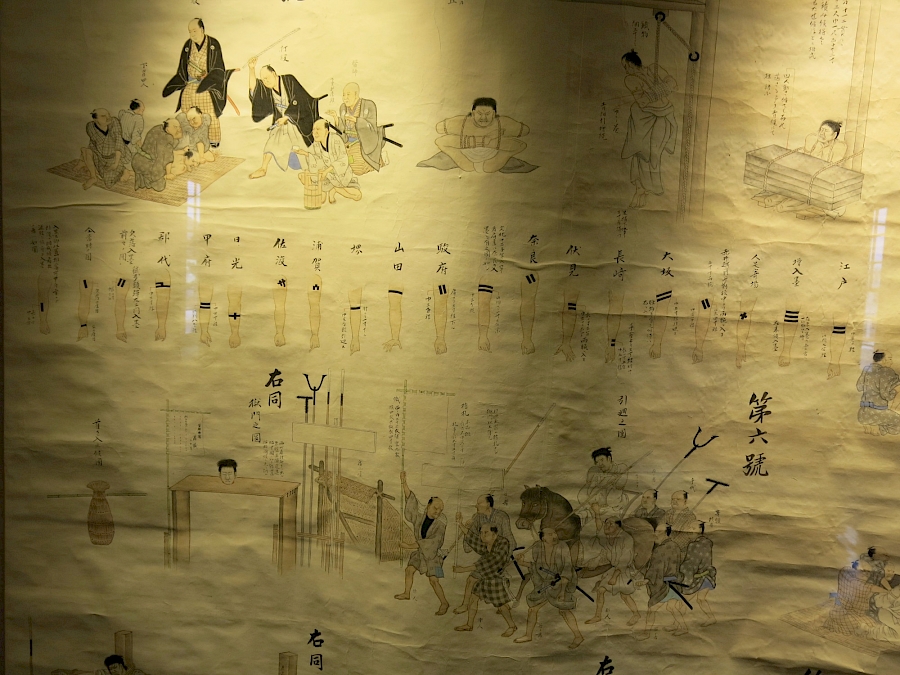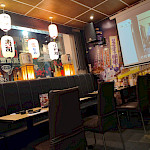3 Feb 2024
JETAA News

27th October 2017
The History of Convicts and Penal Colonies in Hokkaido
A JET's research
By Clare Anderson
I spent one year on the JET Programme following my graduation, in summer 1993. I lived and worked in Suzu, a small town in Noto-hanto, a beautiful and isolated place in the north of Ishikawa Prefecture.
After my return to the UK, I started work on my history PhD. My topic was totally unrelated to Japan, though for some years after I came home, I was active among JET alumni and I kept up my study of Japanese. In 1997, I secured my first academic post, at the University of Leicester. I moved to the University of Warwick in 2007, and then returned to Leicester to take up a chair (professorship) in history in 2011.
It has been a surprise and delight that, in 2013, 20 years after I went on the JET Programme, I started to study the history of Japan as part of a larger research project.
My research specialism is the history of punishment, prisons, and penal colonies. Previously, I worked mainly on British Asia and the Indian Ocean, studying the penal transportation of Asian convicts to various sites around the British Empire (c. 1789-1945), where they were employed as unfree labour. In 2013, I secured a large research grant from the European Research Council, to begin a comparative history project.
Since then, with my project team, I have been researching convict transportation in various historical contexts, including in the Spanish, Portuguese and French empires, Russia and the USSR, and Latin America following independence (most nations threw off colonial rule in the 19th century).
Another case study is Japan. At the turn of the 20th century, Japanese rulers transported several thousand convicts to various sites in its newly acquired island of Hokkaido. In part, Japan was copying European practices because it wanted to be seen as a modernising power, following the Meiji Restoration in 1868.
One way of becoming “modern” was to adopt “modern” forms of punishment, such as penal transportation. Of critical importance, is the fact that, like European global powers, convicts were used in Japan for colonising purposes. Convicts cleared the land, displaced indigenous Ainu people, and built basic infrastructure including urban settlements and roads. Conditions were dreadful and in some locations death rates were very high. All the convicts were men, and most appear to have been repatriated at the end of their sentence.
Though the Hokkaido convict story has been largely forgotten in Japan, historical memory of the convicts’ presence remains in Hokkaido to this day. There are museums and heritage sites in several places, including most notably in Abashiri and Tsukigata. They display information on the history of convict transportation, as well as life-size models, convict-made artefacts, and pictures. If you get the chance, both places are well worth a visit!
It is also interesting to reflect on where Japan’s history of convict transportation fits with that of other nations and empires. We know from historical archives that Japanese people were keenly aware of penal practices in other places. They translated and read English and French texts on prisons and punishment, followed closely the meetings of the international penitentiary congresses, and visited the British convict settlement in Singapore.
Far from being isolated, during the late 19th and early 20th centuries, Japan was engaged in discussions on the best way to punish and rehabilitate its criminals. The history of Hokkaido is thus part of a much larger global history of penal transportation.
Information on Japanese convict transportation is available on my European Research Council-funded website. For more information you can also visit the Abashiri Prison Museum website.









